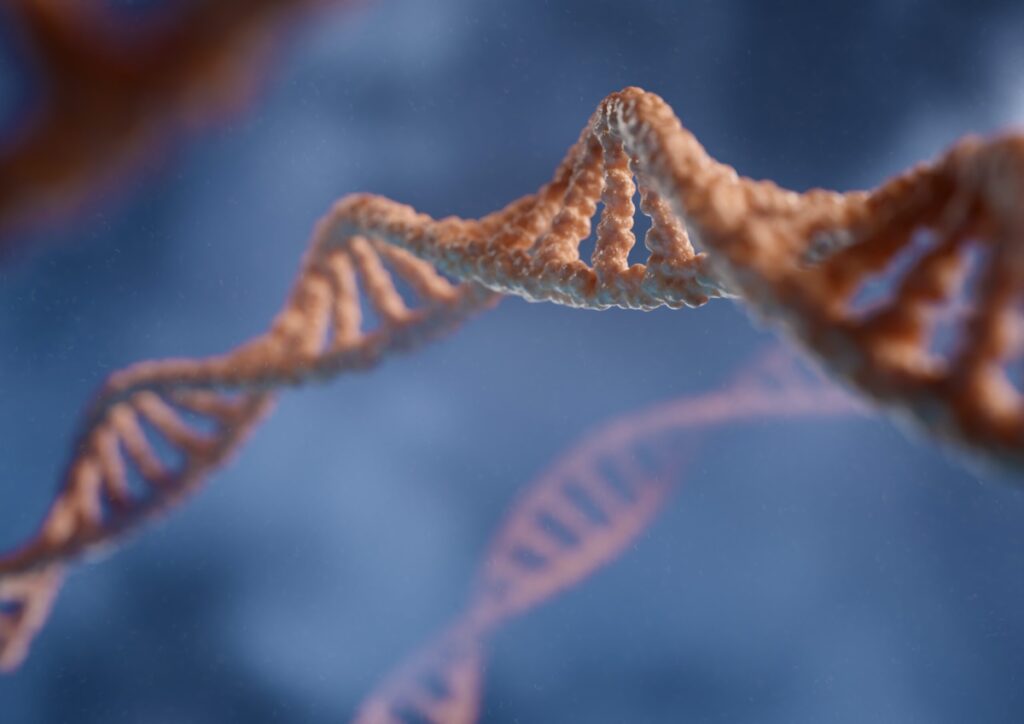Correcting Genetic Spelling Errors With Next-Generation Crispr
January 7, 2025

(Wired) – Treatments for rare diseases are hard to create and expensive to deliver, but there is new hope for editing the software of the genome.
For progeria and thousands of other genetic diseases, there are two reasons why this same approach won’t work. First, the desired edit for most misspellings will not usually be achieved by a disabling cut in the gene. Instead, a correction is needed. In the case of progeria, the disease-causing T needs to be edited back to a C. By analogy with a word processor, what’s needed is not “find and delete” (first-generation Crispr), it’s “find and replace” (next-generation Crispr). Second, the misspelling needs to be repaired in the parts of the body that are most harmed by the disease. While bone marrow cells, immune cells, and skin cells can be taken out of the body to administer gene therapy, that won’t work when the main problem is in the cardiovascular system (as in progeria) or the brain (as in many rare genetic diseases). In the lingo of the gene therapist, we need in vivo options. (Read More)
